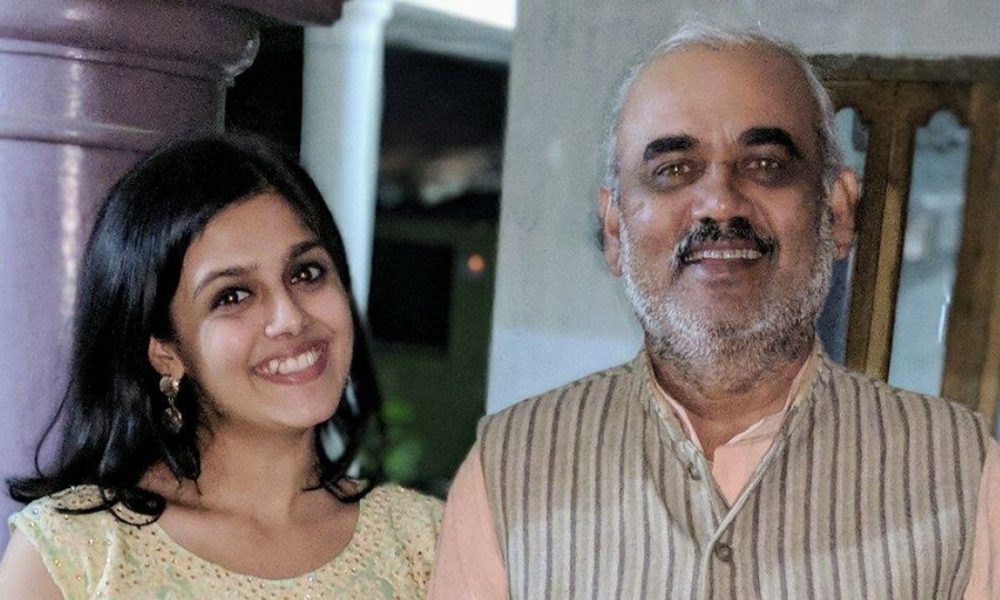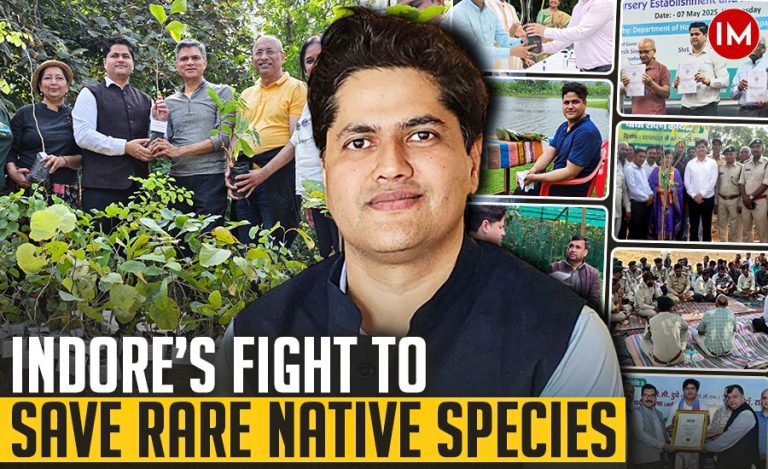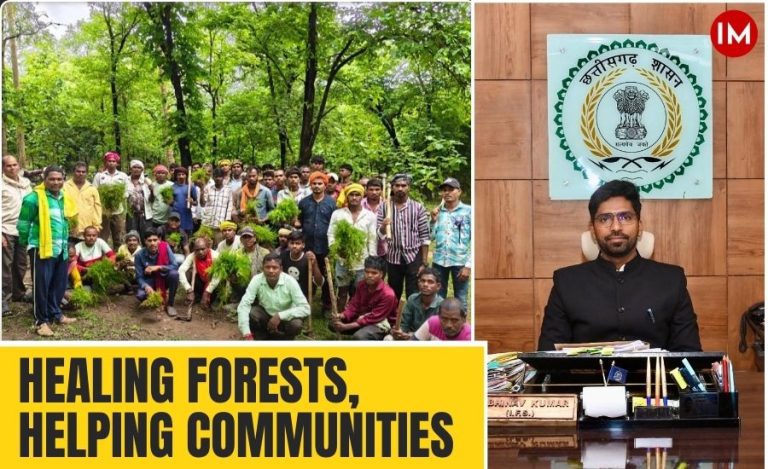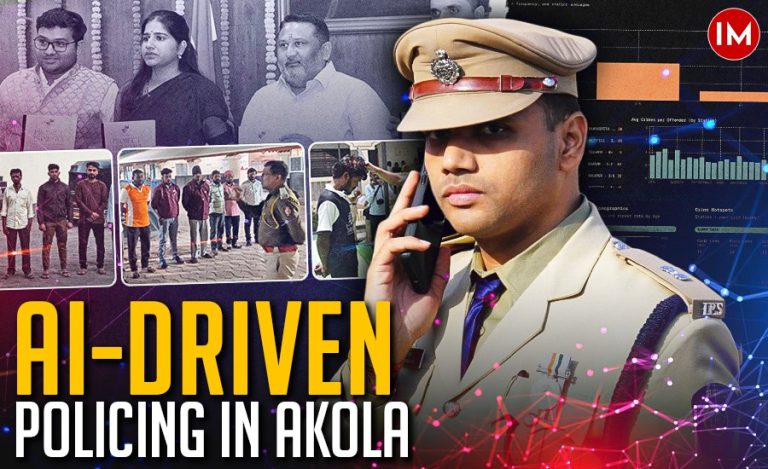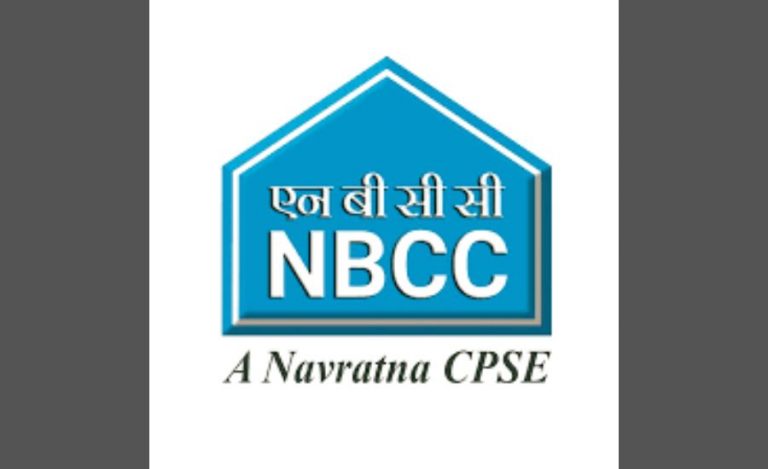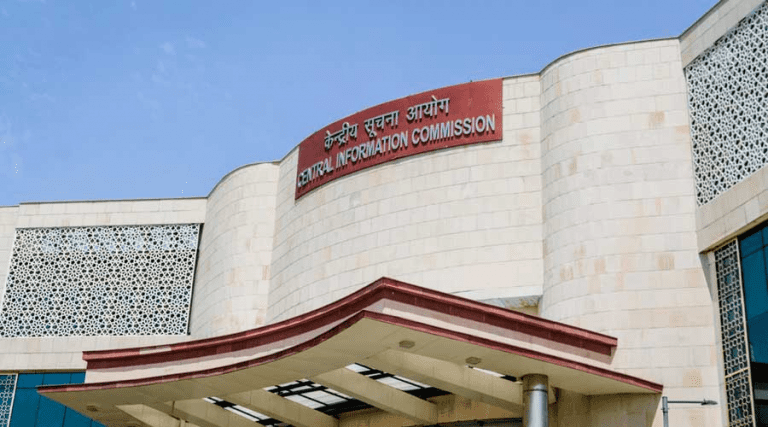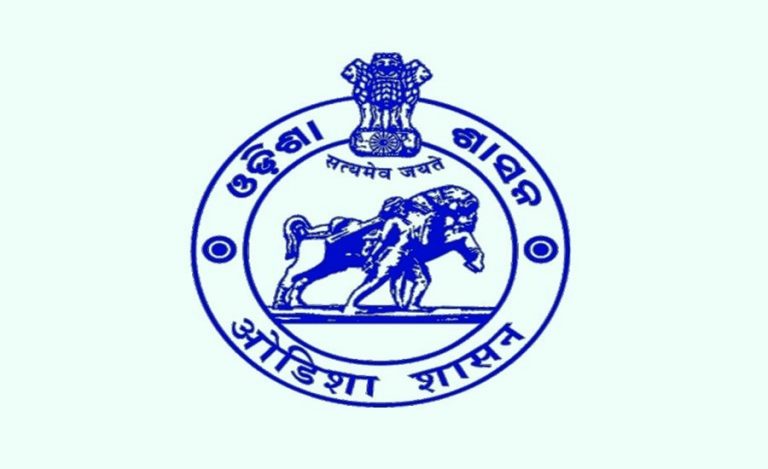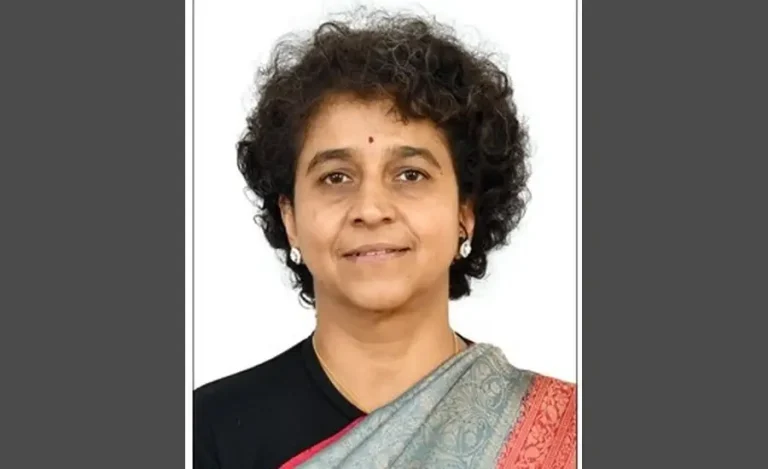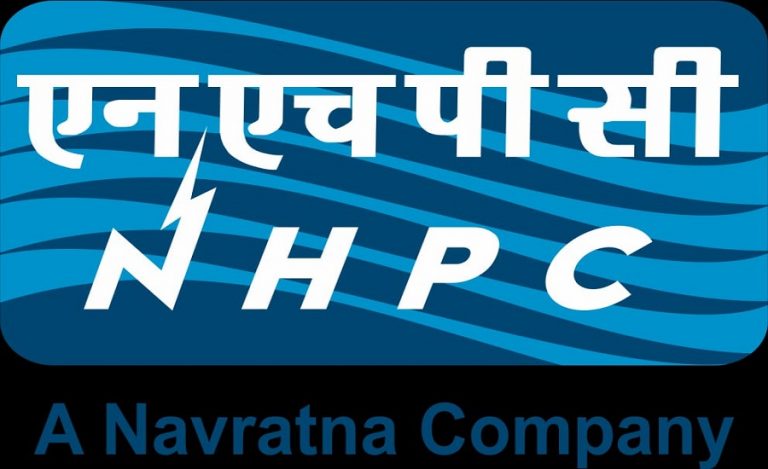When 2018-batch IAS officer Tapasya Parihar got married, she earned much appreciation as well as raised many eyebrows. One can literally say that on her marriage day, she received bouquets as well as brickbats. She refused to participate in the kanyadaan ritual because she feels that a girl should never be given away in marriage, as a daughter is for life. She herself wants to be her father’s daughter always.
There is a special custom that is followed by Hindus at the time of the marriage of a girl. In a symbolic ceremony called the kanyadaan, the father gives away his daughter to the groom’s family. From that moment on, she is no longer considered to be a part of her parental family, as she becomes the new member of the groom’s family.
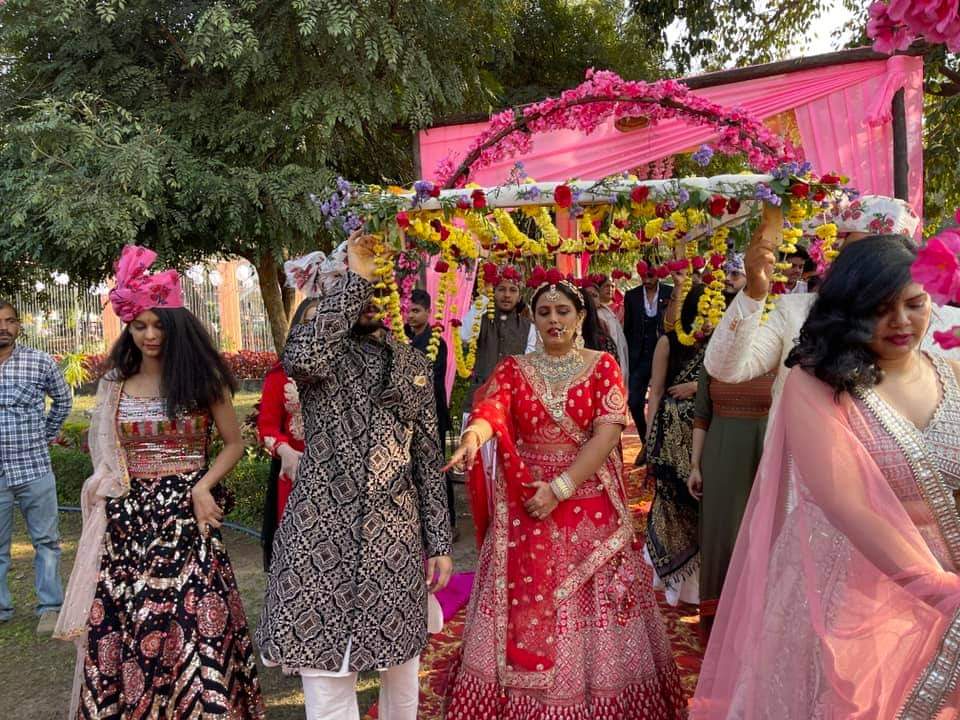
Without this ceremony, the marriage is deemed incomplete. This ceremony is strongly rooted in traditions and is followed religiously by most Hindu families.
But IAS Tapasya Parihar is different! She took a strong stand against this tradition of giving away a daughter forever and opted not to take part in the kanyadaan ceremony and even persuaded her father to stay away from performing the ritual.
Although people were surprised, and some even shocked, gradually everyone started praising her for her bold decision. By her one small step, she sent out a very strong message to society,and the best part is, her family as well as her in-laws unanimously supported her decision.
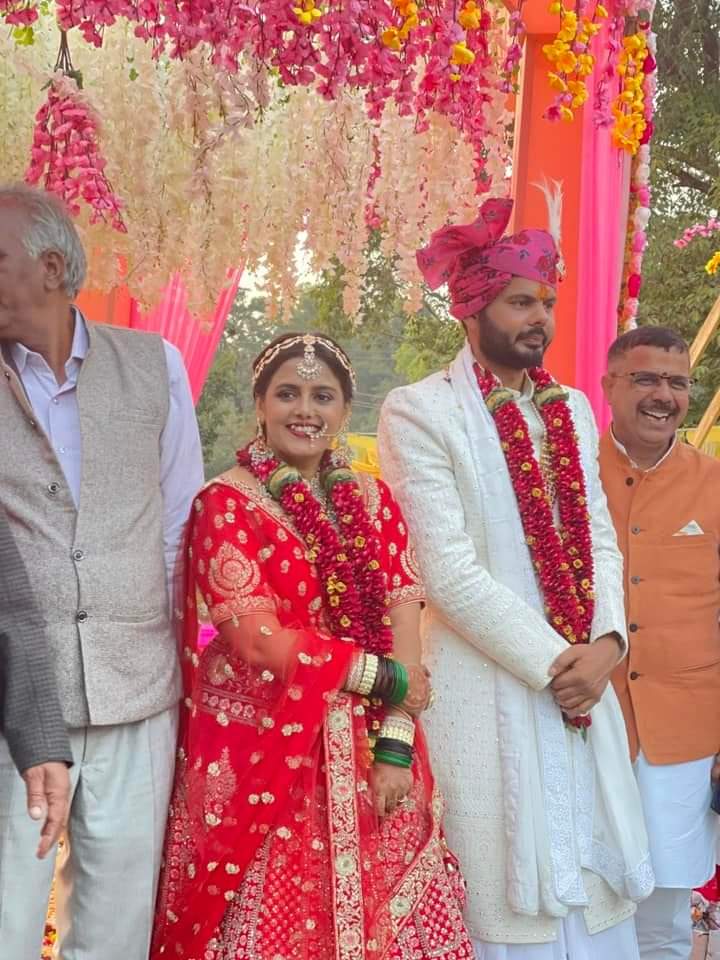
Ms. Parihar is currently SDM of Sendhwa in Barwani district of Madhya Pradesh. When Indian Masterminds got in touch with her to get to know more about her decision not to take part in a kanyadaan ceremony, she said, “I am currently on vacation and want to spend some quality time with my family. I am happy and feeling good that people are talking about it.”
MARRIAGE AND KANYADAAN
Ms. Parihar is married to IFS officer Garvit Gangwar. He is from Tamil Nadu cadre. Both had met during their training in Mussoorie. After marriage, Mr. Gangwar has taken transfer to Madhya Pradesh cadre to be with his wife. They had a court marriage in July this year. Again, on December 12, they had a Hindu traditional marriage in Pachmarhi, Madhya Pradesh, followed by a grand reception in Jova village.
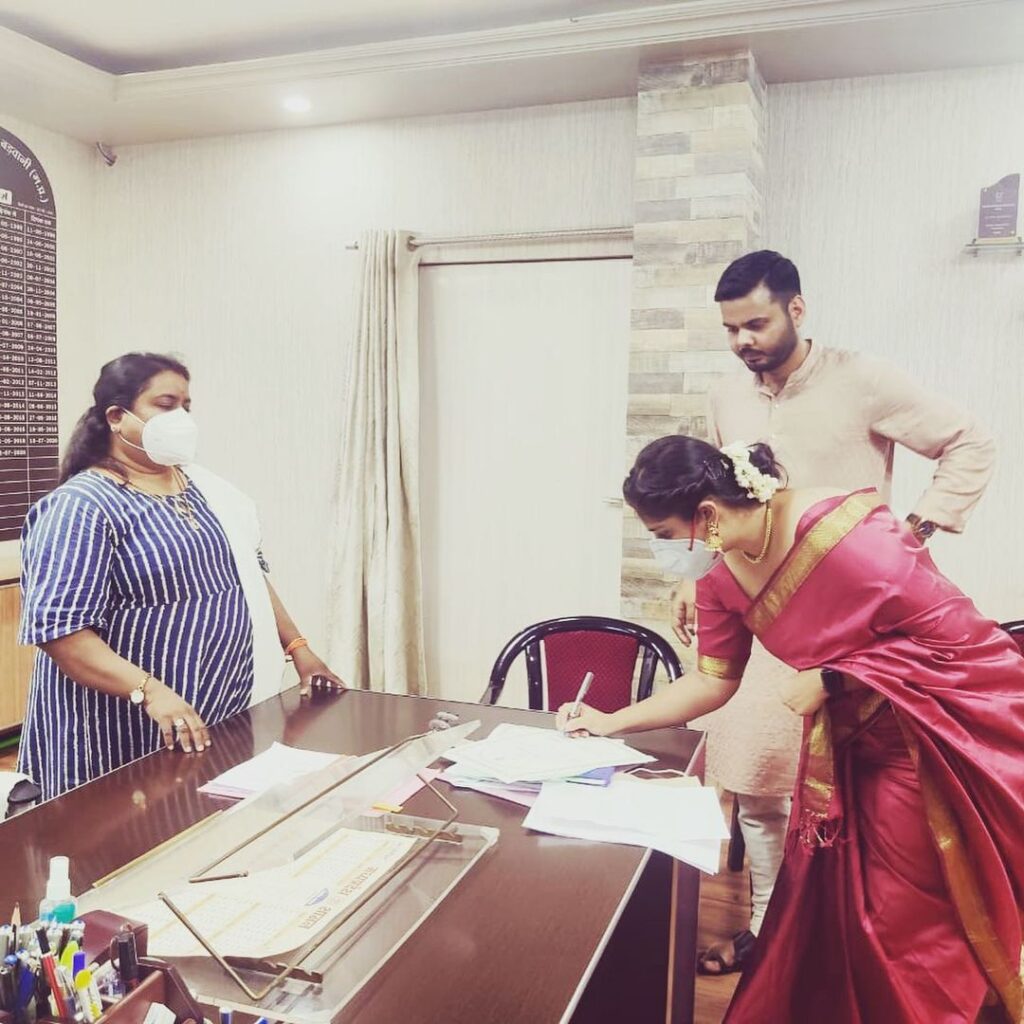
According to Ms. Parihar, there are some traditions and rituals that may not seem right to a person, and if she is self-reliant and has the support of her family too, then those tradition or rituals can be abandoned.
“Since two families are uniting in marriage, there should be no such thing as charity. I am my father’s daughter and will always be. It is seen that the girl and her side often get dominated in society, and some rituals facilitate it. I used to always talk to my father about these things.”
She also says that she is a child of her parents, not a property to be donated. She questions: “When two people tie the knot on the basis of equality, then what is the justification of donating one of them to the other? How can a living person be donated to another person?”
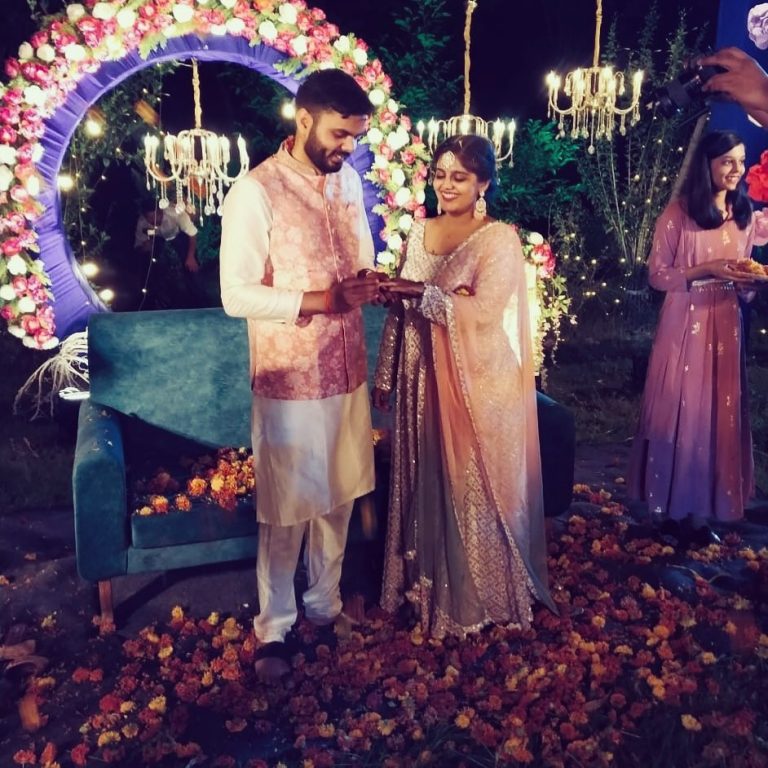
Husband Garvit Gangwar, too, echoes her thoughts, saying that nothing should be imposed on daughters and that marriage is an equal partnership between two people. “After marriage, why does the girl have to change completely? Be it applying sendur (vermilion) or taking a pallu, all the traditions are made for girls only. There is no such tradition for boys. So, we thought, we should try to do away with such beliefs gradually.”
MORE ABOUT TAPASYA PARIHAR
Hailing from Jowa village of Narsinghpur in Madhya Pradesh, 29-year-old Tapasya Parihar’s father, Vishwas Parihar, is a farmer and mother, Jyoti Parihar, is a sarpanch.
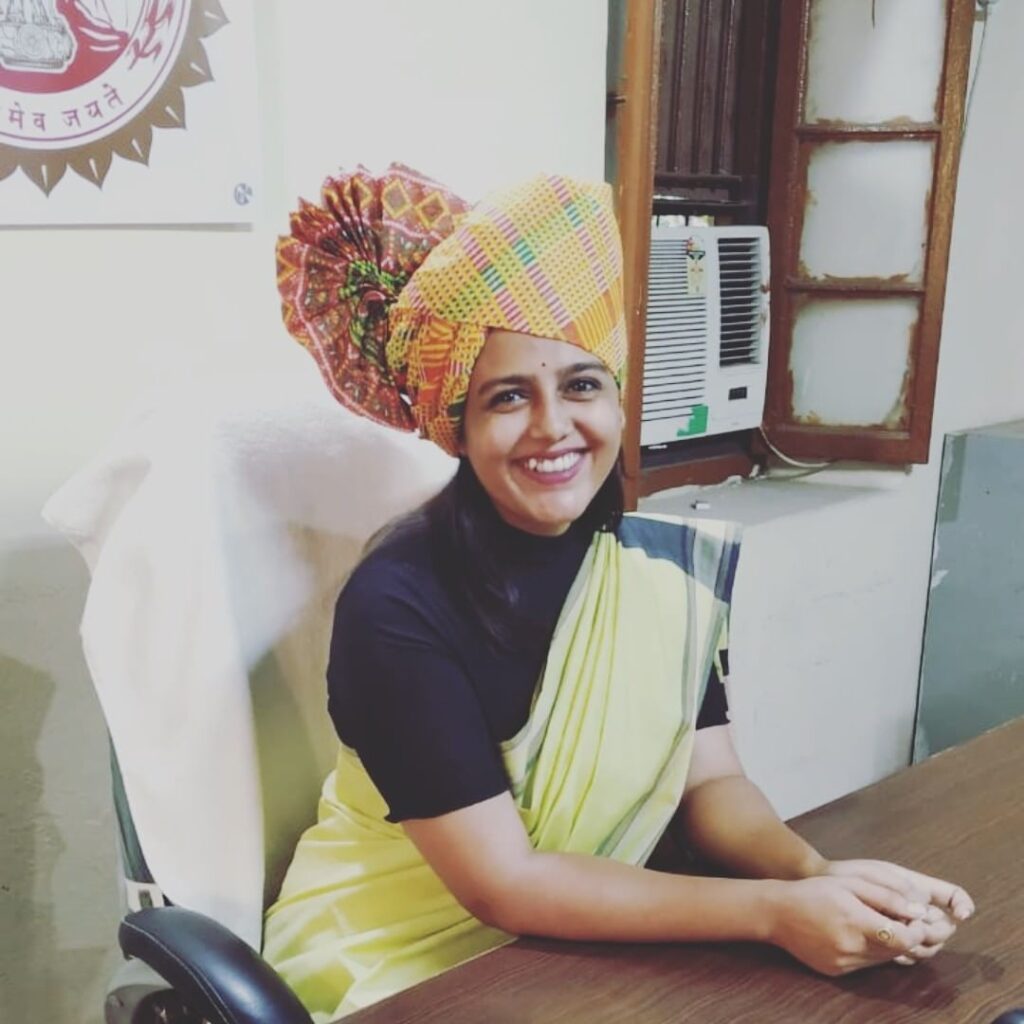
A student of Kendriya Vidyalaya, Tapasya topped her school in both class X and XII and then completed her law studies from the prestigious Indian Law Society Law College, Pune. Then she went to Delhi to prepare for UPSC. She was allotted IAS in the year 2017 after clearing CSE with AIR 23.
WHAT MYTHOLOGYSAY ABOUT KANYADAAN
In is generally believed by Hindus that the father who is fortunate enough to perform Kanyadan attains salvation. According to the Puranas, the groom is a form of Lord Vishnu. Taking on the divine form, he gives an assurance to the father of the bride that he will take full responsibility of his daughter and will protect her from any crisis.
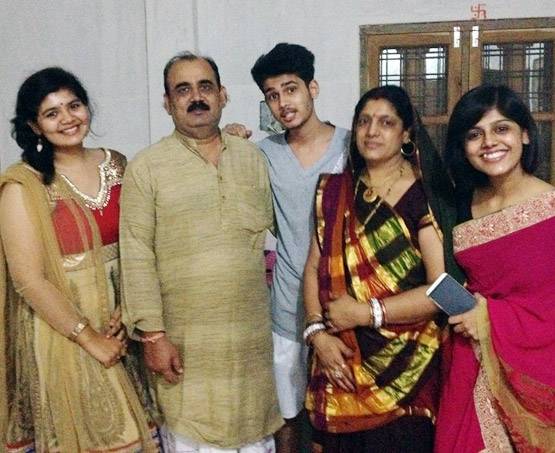
According to mythology, Daksha Prajapati was the first to donate his daughters to the moon so that the universe progresses, and culture develops.The 27 constellations are said to be the daughters of Prajapati,who are married to the moon.
Historians have traced the possible origin of Kanyadaan tradition to the 15th century, after studying stone inscriptions found in Vijayanagara empire in South India. However, there are different interpretations regarding Kanyadaan across India. Some even say that the real meaning of Kanyadaan is actually ‘Gotradan’, meaning ‘giving away your daughter’s gotra’.
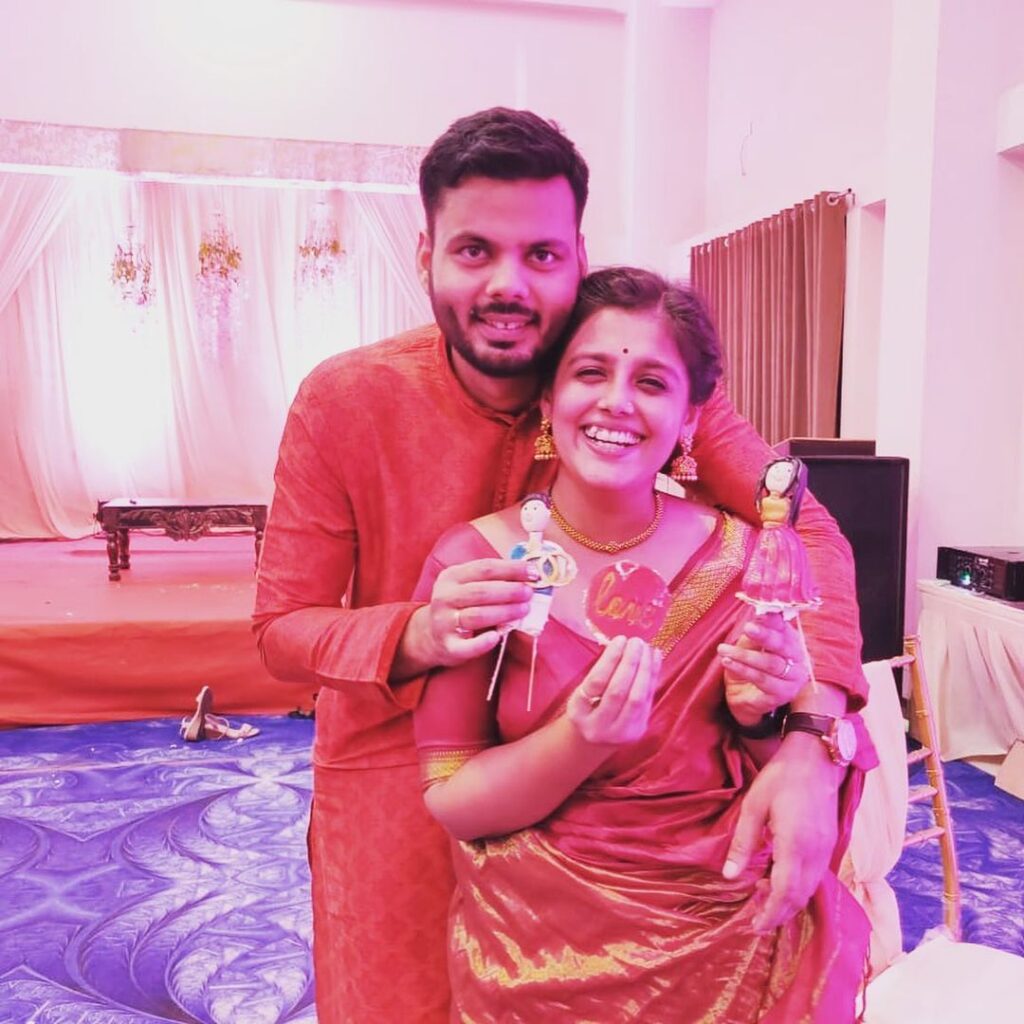
Whatever may be the interpretation, the message sent out by a lady IAS officer by opting not to sit for kanyadaan resonated across the country, with many applauding her step and many others forced to rethink about this age-old ritual.

